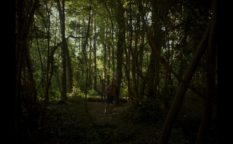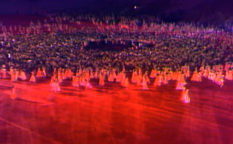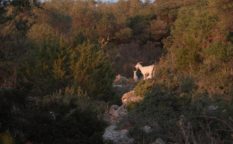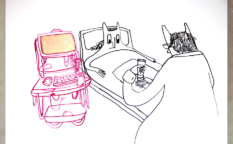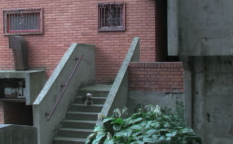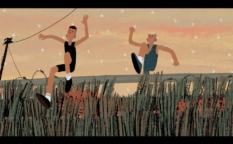Review: The Earth Is Blue as an Orange (2020), by Iryna Tsilyk
Every war is different, but all wars are somehow alike. That paradox is rarely a primary topic, but can be read between the lines of a multitude of war-themed documentaries that usually follow the same pattern. Simply, there is a conflict going on and there are people affected by it, just trying their best to survive. What makes Iryna Tsilyk’s The Earth Is Blue as an Orange different is how her subjects, a single mother named Anna and her four children, are coping with the harsh reality around them: they are making a short documentary / educational film based on their lives and experiences.
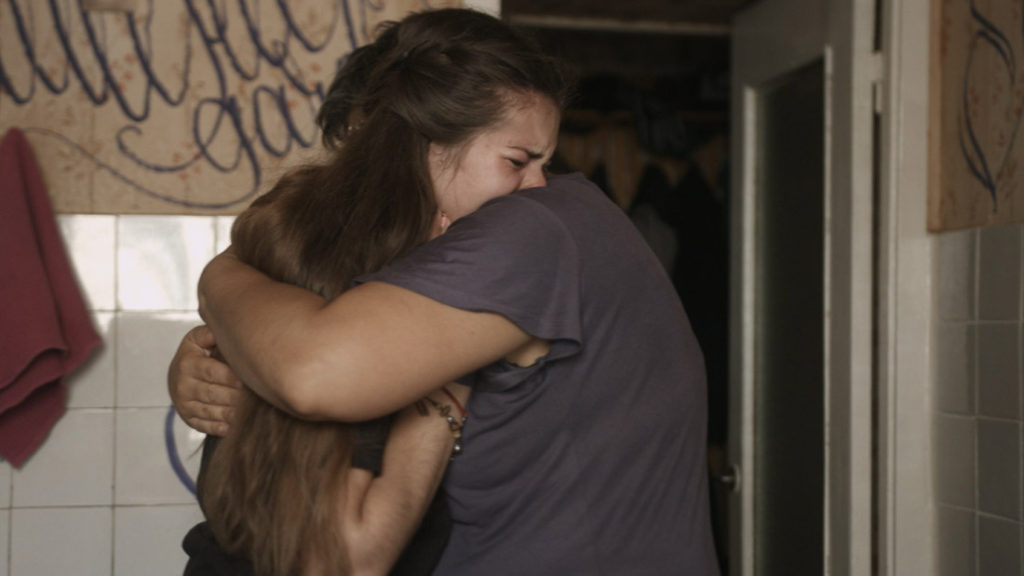
A still from The Earth Is Blue as an Orange by Iryna Tsilyk. Courtesy of Sundance Institute. 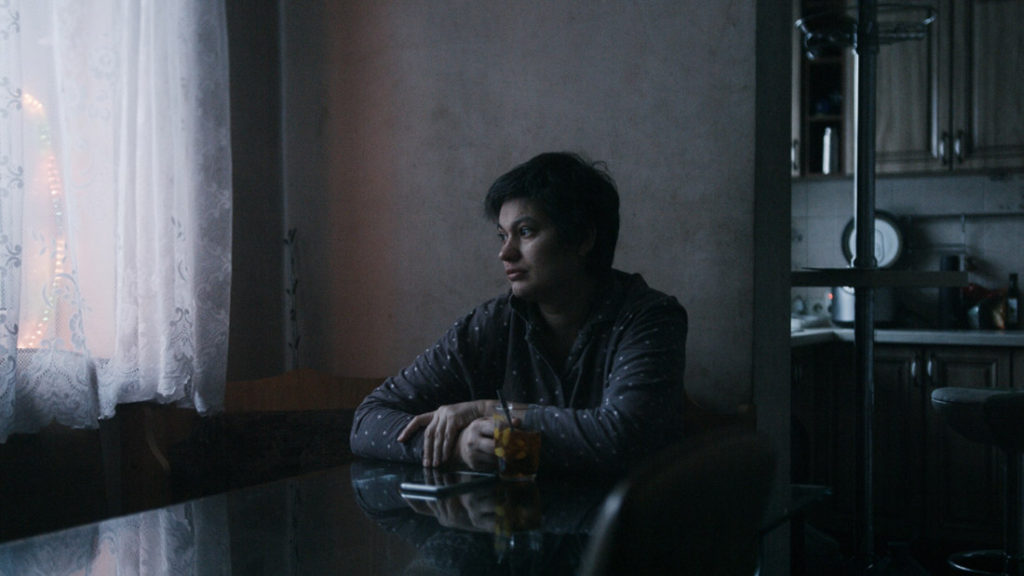
A still from The Earth Is Blue as an Orange by Iryna Tsilyk. Courtesy of Sundance Institute.
Iryna Tsilyk is no stranger to the topic of war in the Donbas region in the East Ukraine. That’s evident from her short fiction film Home (2016), not to mention her participation on the segments of documentary Invisible Battalion (2017) about the Ukrainian female fighters. She was often involved with filmmaking workshops in Donbas taking place not that far from the front line. The Earth Is Blue as an Orange actually started that way, with one of her students (and hopefully a future cinematographer and filmmaker), who was already trying to use film as a medium to tell her story, and who took Tsilyk to meet her family.
Another specificity of the film is also the nature of the conflict in Ukraine, a country whose population is divided in the sense of identity by the three factors (native language, religion and ideological and/ or political affiliation). Tsilyk does not dwell on those divisions, although it is hinted where the family stands regarding those divisions and on what side of conflict they are. The thing here is that the war is of a long-lasting nature, with a kind of status quo assumed, where the death and destruction only come sporadically, while, in between those periods, normal life takes place. The children are going to school, hanging around with their friends, using their cell phones.
That leads to another division which is specific to the group itself: the generational one. The mother is keener to share her thoughts on the war, hardships and survival in a more straightforward manner, while the children, one of whom has actually professional ambitions regarding filmmaking, open up about the issues only when they have to – when they are asked to speak directly into the camera for their own film. When they do it, it is more in some abstract form, since thinking and debating about their film project is more of a priority than talking about the war.
That adds another layer to the documentary: an element of surrealism that will resonate with the audience and the critics, whether they have some war / frozen conflict experiences or they do not. The surreal component is especially highlighted by Tsilyk’s meticulous directing, oriented to the details like mise-en-scène (the photo session for school graduation is simply priceless, no matter how the two girls position themselves, the glamour-less traces of destruction are always in the background) and the lighting that is dimmed enough so the faces of the family members radiate with warmth, friendliness and joy of life, making The Earth Is Blue as an Orange a fresh and unique experience packed in brief 74 minutes.
The Earth Is Blue as an Orange premiered at Sundance, winning in the World Documentary Competition. A long and healthy festival tour is expected, with a proper distribution, good reviews and more awards in sight.
The Earth Is Blue as an Orange
Year: 2020
Runtime: 74′
Countries: Ukraine, Lithuania
Written/ directed by: Iryna Tsilyk
Produced by: Anna Kapustina, Giedre Zickyte
Cinematographer: Viatcheslav Tsvetkov
Editing: Ivan Bannikov, Danielius Kokonauskis, Irina Tsylik
Sound Design: Jonas Maskvytis
Colour Grading: Jonas Sunklodas
Production Companies: Albatros Communications, Moonmakers
Sales: CAT&Docs



